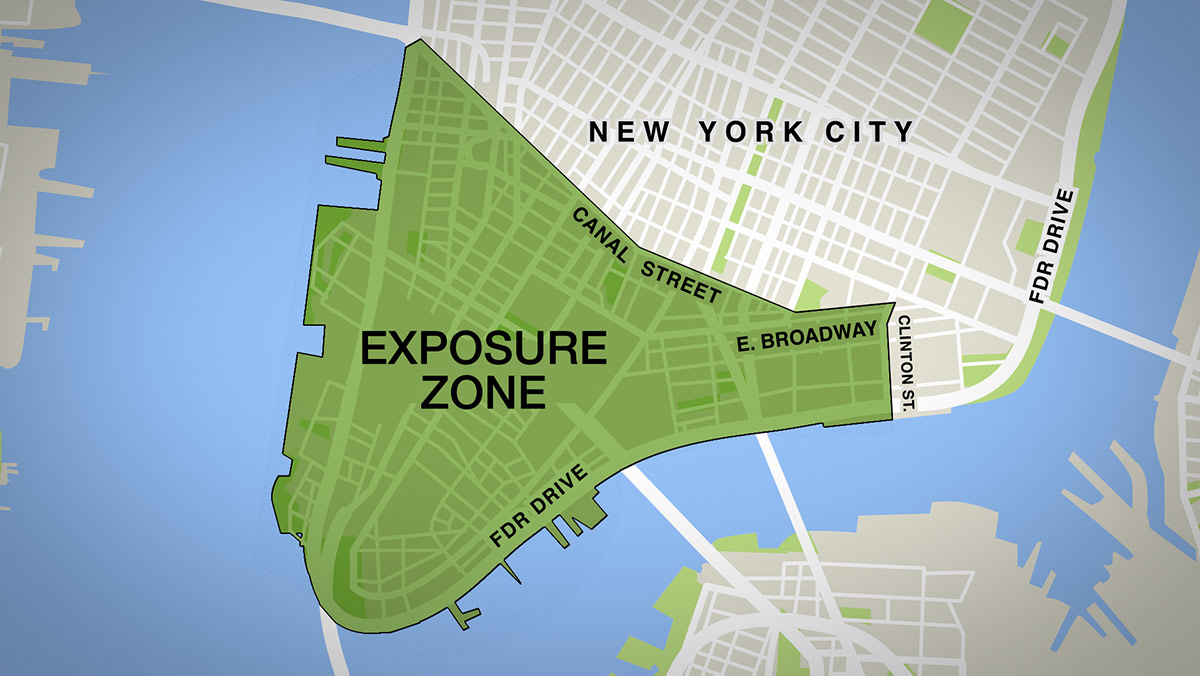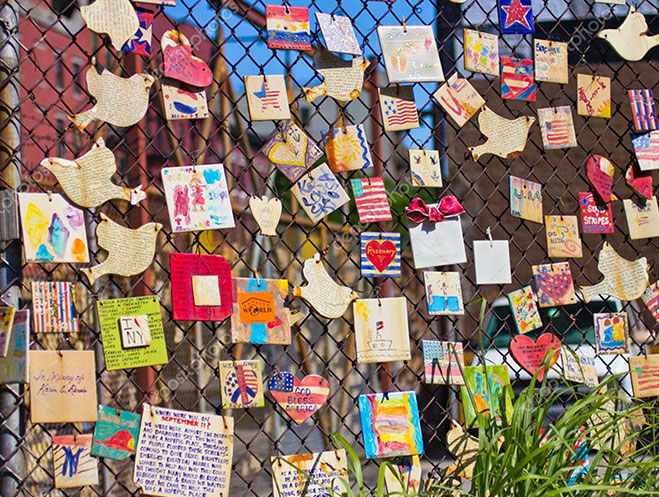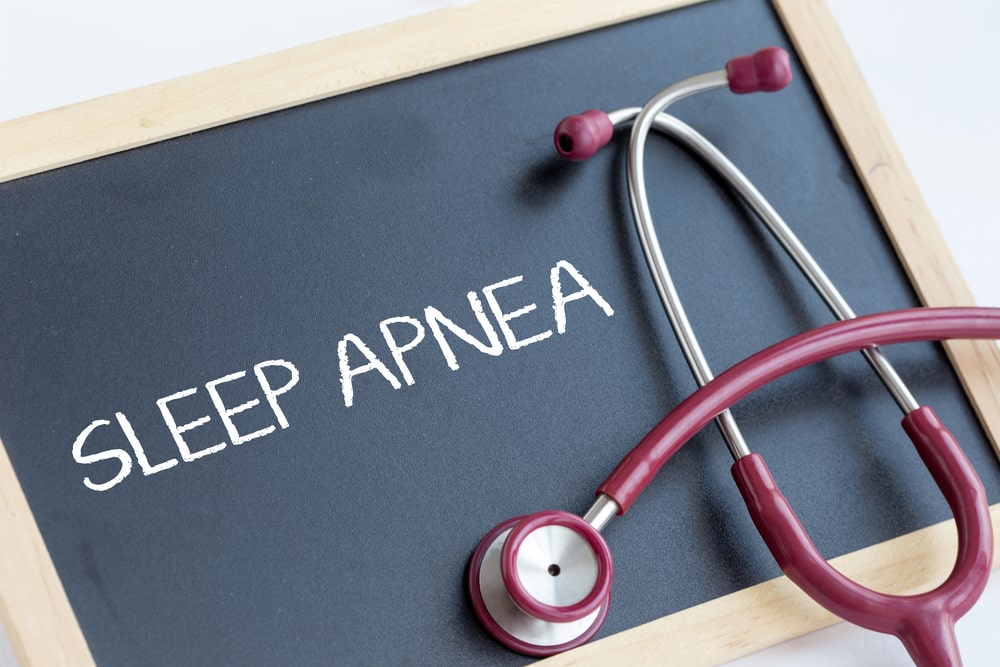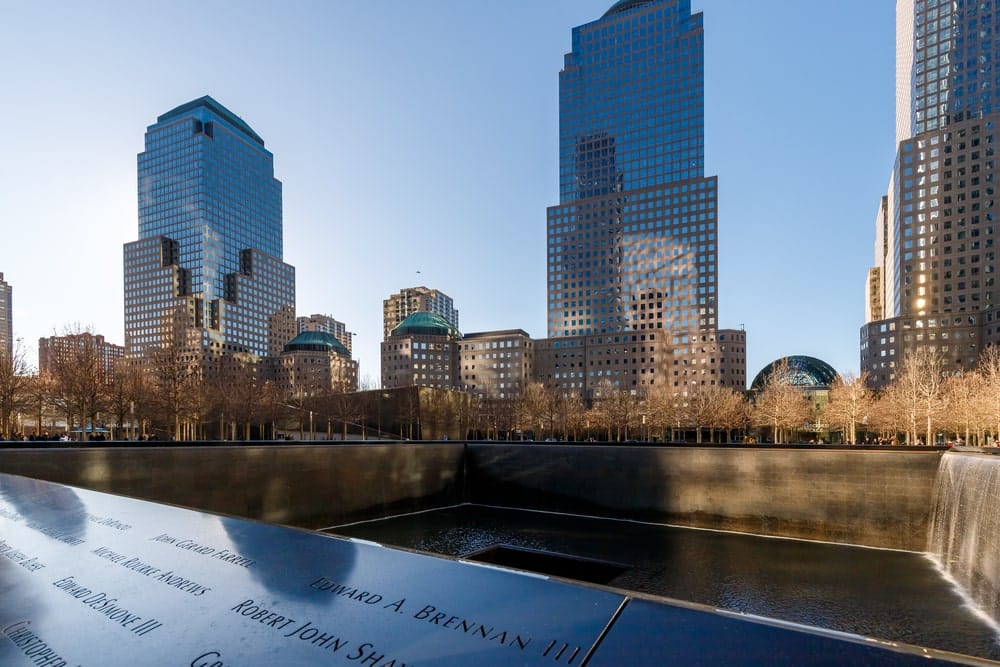Following the 9/11 attacks, it became evident that beyond the tragic deaths of people on that day, there were thousands more who became ill, especially from the smoke and toxic dust left by the collapse of the World Trade Center. Included in that toxic stew were 2,500 contaminants ranging from an alkaline mixture of crushed concrete and gypsum to heavy metals such as lead and mercury, polyvinyl chloride (PVC), asbestos, and dioxins; among other toxins and cancer-causing agents.
One article from the American Journal of Public Health described this as “an unprecedented environmental assault for lower Manhattan.” Not only did the attack kill more than 2,700 people in New York City alone, but it also created a public health crisis of epic proportions that continues to affect the well-being of first responders and those who lived, worked, went to school, or were involved in the cleanup of the rubble. In fact, it is estimated that more than 400,000 people were exposed to toxic contaminants.
What is the World Trade Center Health Program?
The original health-monitoring programs instituted following the 9/11 attacks included the Medical Monitoring and Treatment Program and the WTC Environmental Health Center Community Program. With the enactment of the James Zadroga 9/11 Health and Compensation Act of 2010 (Zadroga Act) signed into law by President Obama in January 2011, the World Trade Center Health Program (WTCHP) was created.
The WTCHP is a federal health program administered by the CDC’s National Institute for Occupational Safety and Health (NIOSH), under the auspices of the U.S. Department of Health and Human Services. Its mission is to provide “no-cost medical monitoring and treatment for certified WTC-related health conditions to those directly affected by the 9/11 attacks in New York, the Pentagon, and in Shanksville, Pennsylvania.”
Why is it important?
Since its inception and through mid-2021, the WTCHP has enrolled more than 112,000 people, including first responders and survivors—offering treatment and monitoring “to those who were there during and after the attacks of September 11, 2001.” This means that it has provided help and hope to those who suffer from a number of 9/11-related illnesses and medical conditions, ranging from chronic respiratory problems to cancer to post-traumatic stress disorder (PTSD).
Once enrolled, members have access to high-quality, medically necessary treatment of certified conditions for treatment provided by a WTC Health Program affiliated provider and/or pharmacy. The WTCHP has multiple clinics. In addition to Clinical Centers of Excellence (CCE) throughout the NYC area, there is a National Provider Network (NPN) that provides care for 9/11 first responders in the New York City metropolitan area, as well the Pentagon and Shanksville, and NYC survivors.
How WTCHP monitoring might save your life as a 9/11 victim
In a nutshell, medical monitoring is “a form of surveillance consisting of repeated testing intended to detect a specified change in a patient indicating a change in his prognosis, need for treatment or need for a change in treatment.”
The WTCHP has provided and continues to provide initial screenings, treatment, and monitoring for those who were present on the day of the attacks or who worked, lived, or went to school in the New York City disaster area on September 11th or the months that followed. Today, it is estimated that a half million people are at increased risk of adverse health effects from exposures to physical, psychological, and emotional stressors in the days, weeks, and months following the terrorist attacks.
Members eligible for medical monitoring within the WTC Health Program are strongly encouraged to participate in regular monitoring exams since the exam may detect changes in the body function that are not obvious. These can be corrected or slowed with early intervention. They may even be life-saving.
The first decade of WTCHP research
Federal funds were first made available to the WTC Health Program in 2011 to “support specific occupational health clinics throughout the NYC metropolitan area who were providing health surveillance and patient care for 9/11-related health conditions.” In addition to treatment and monitoring, the WTCHP supports the WTC Health Registry. The mission of the health registry and its researchers includes:
- Identifying and tracking the long-term physical and mental health effects of 9/11 and gaps in care for 9/11-related health conditions
- Responding to enrollees’ health concerns and referring enrollees to the WTC Health Program.
- Sharing findings and recommendations with enrollees, the public, the WTC Health Program, and policymakers
- Offering guidance to public health professionals in planning for future emergencies.
Findings by researchers include:
- The importance of social support in lessening confusion or memory loss caused by 9/11 conditions
- The link between exposure to WTC dust and diagnosis of pulmonary fibrosis, a rare lung disease that causes tissues to become damaged and scarred, thereby making it more difficult for the lungs to work properly
- That intense exposure to the toxic dust and PTSD were associated with an increased risk of stroke; even when there were no other risk factors such as diabetes, smoking, or hypertension
This is just a snapshot of the work done by the WTCHP and the WTC Health Registry. New 9/11 conditions are constantly being researched and may be added to the list of certified conditions.
How to obtain free health monitoring from the World Trade Center Health Program
Those who are in the eligible groups—meaning an FDNY, general responders (including police, ambulance/EMTs, cleanup, recovery, and related support workers), WTC survivors who lived, worked, or went to school in the Exposure Zone, as well as Pentagon/Shanksville responder, may apply to the WTC Health Program. Eligible persons must also supply documentation that proves presence and details the activity, location, time period, and hours requirements necessary to enroll in the program.
Note that eligibility requirements are different depending on the group.
In order to ensure applications are approved, accuracy, complete documentation, and meeting deadlines is critical. A 9/11 attorney who has experience helping people seeking free WTCHP monitoring and medical treatment can guide applicants through the process successfully.
Contact our VCF attorneys today
At Weisfuse & Weisfuse, LLP, we have helped hundreds of 9/11 survivors and families get proper medical monitoring and treatment, as well as VCF monetary compensation. To learn more about how we can help you, please contact us online to schedule a free and confidential consultation.






